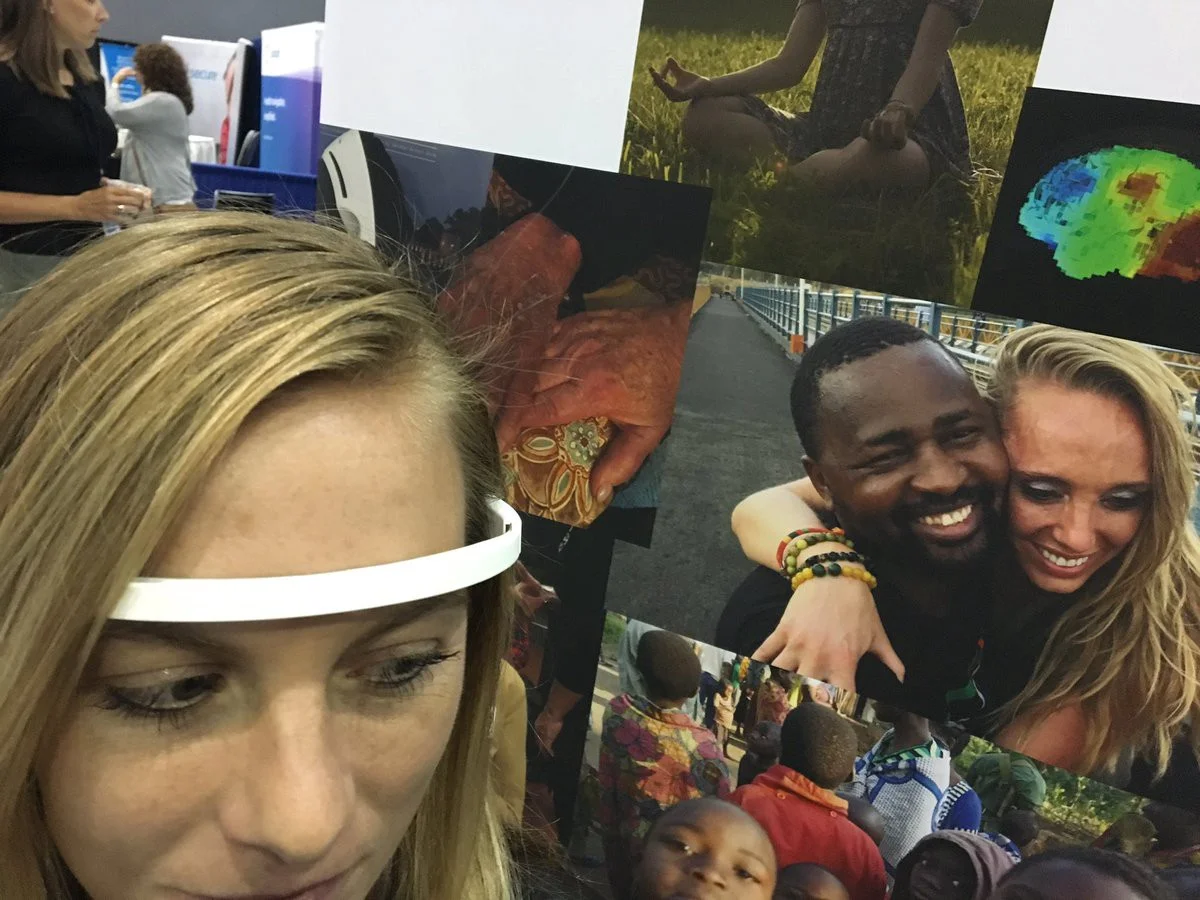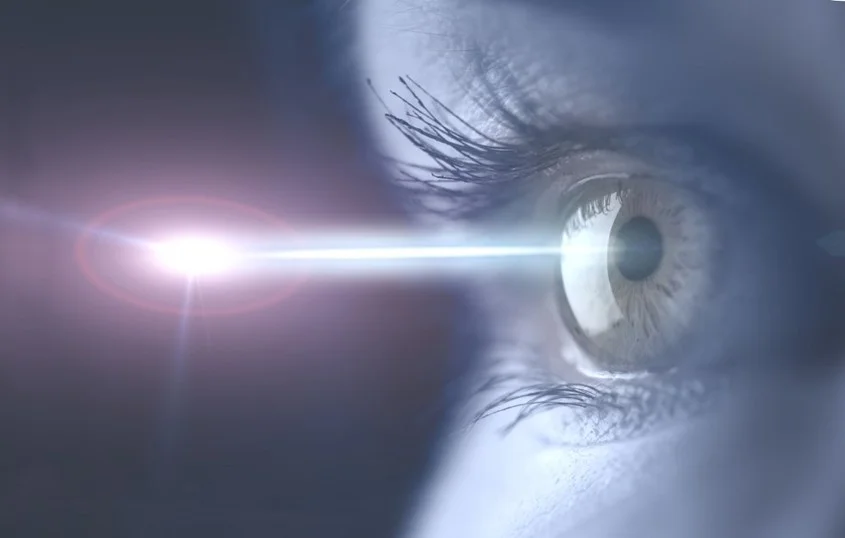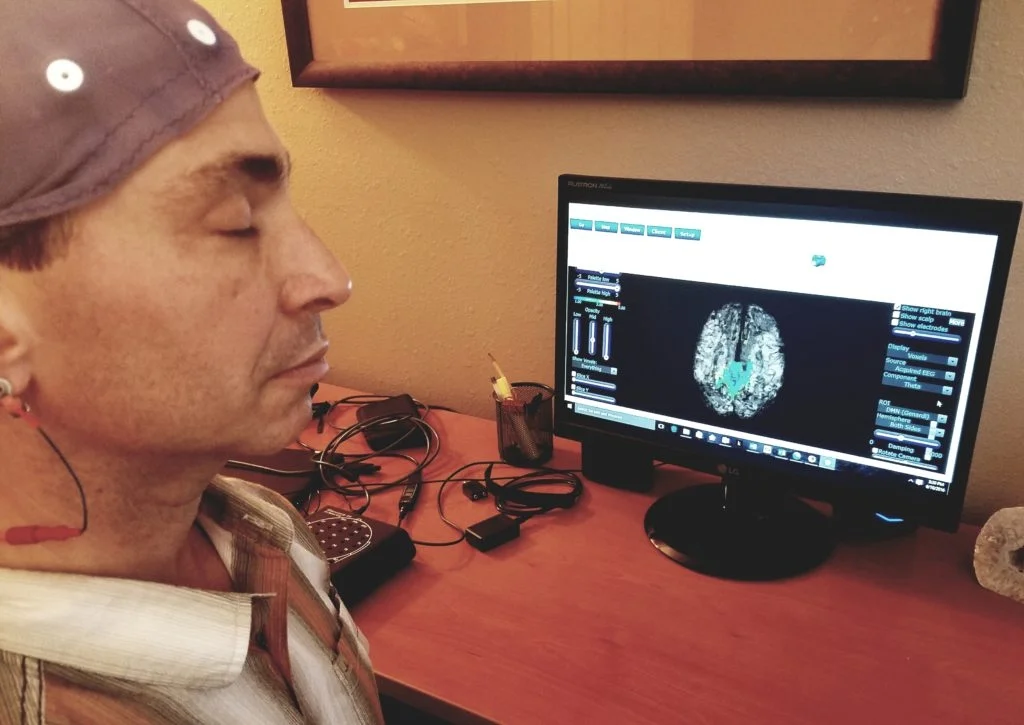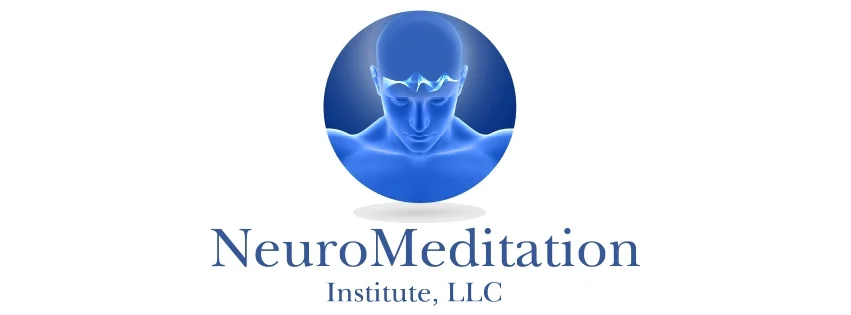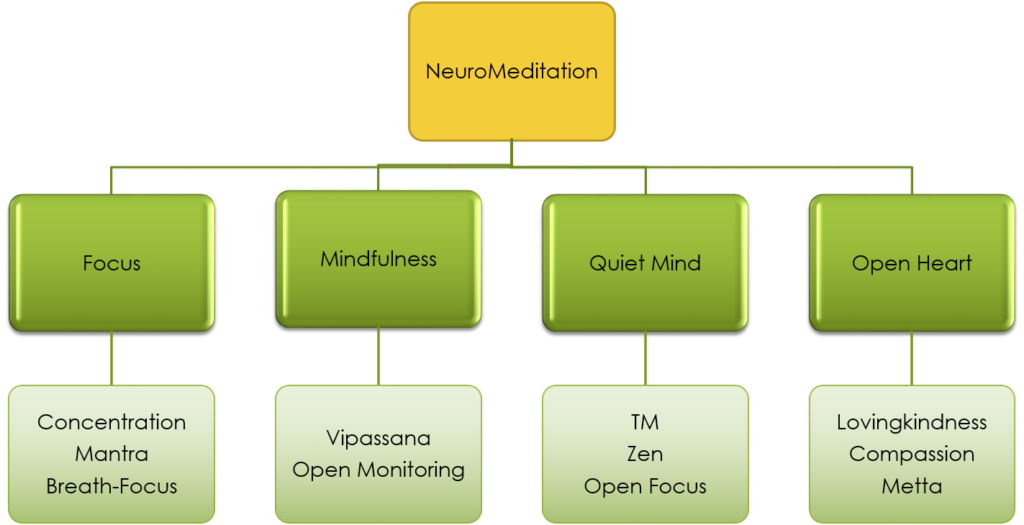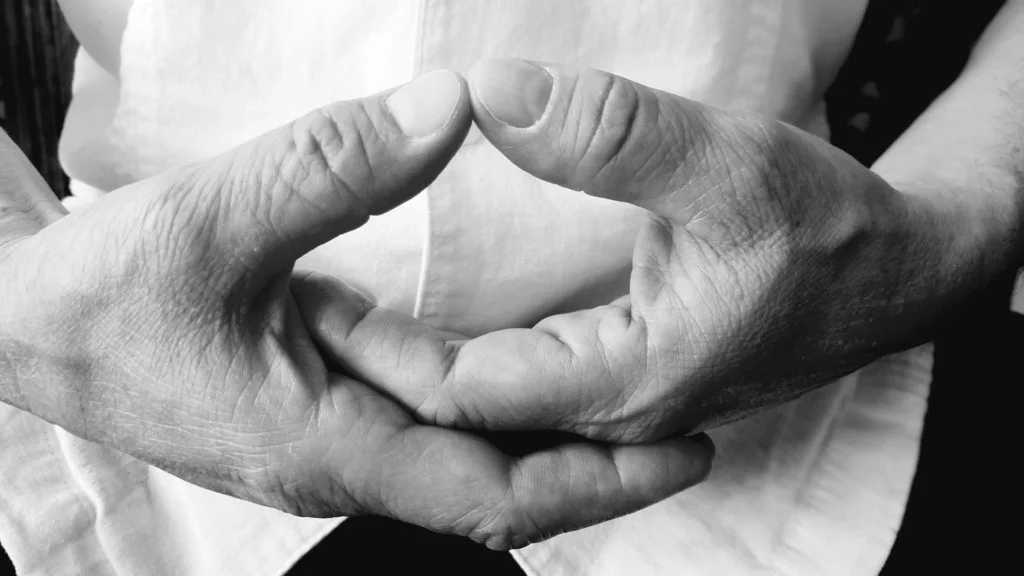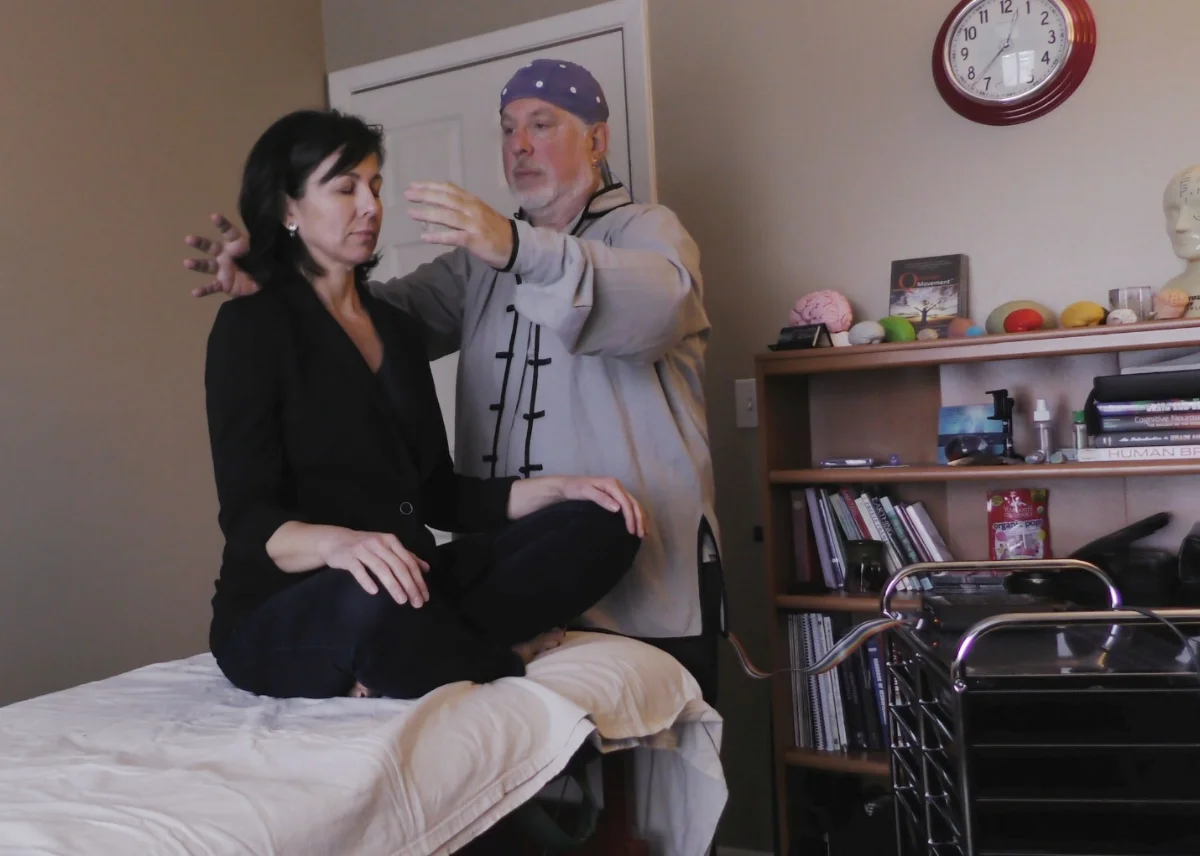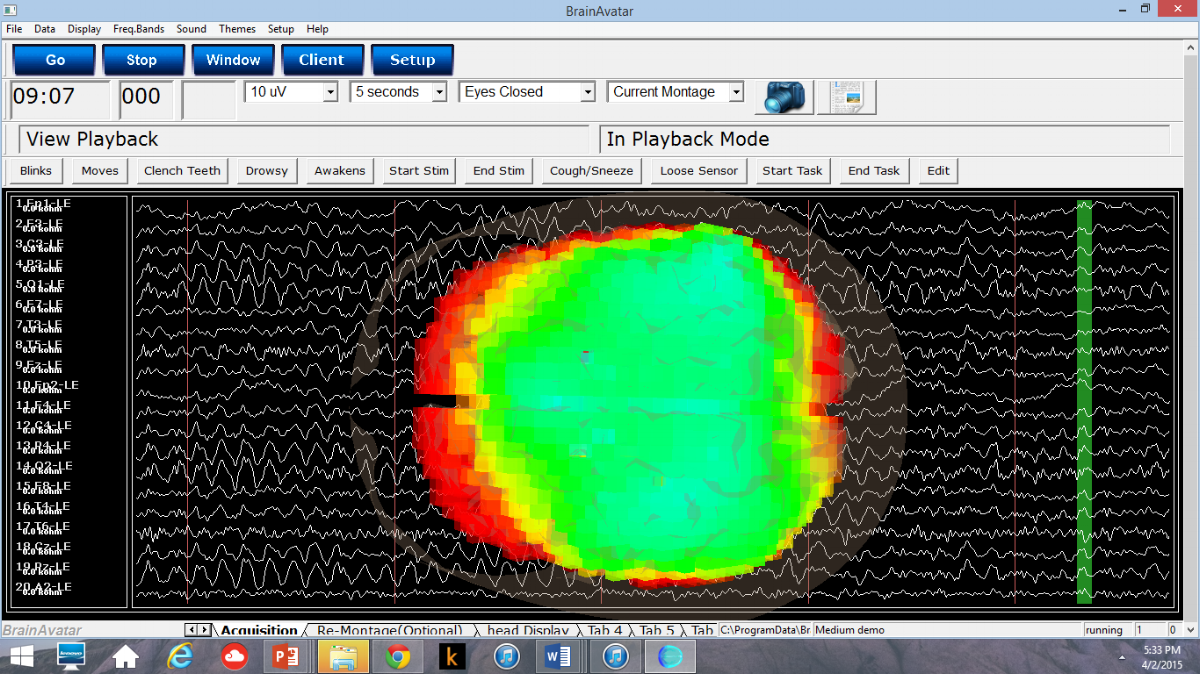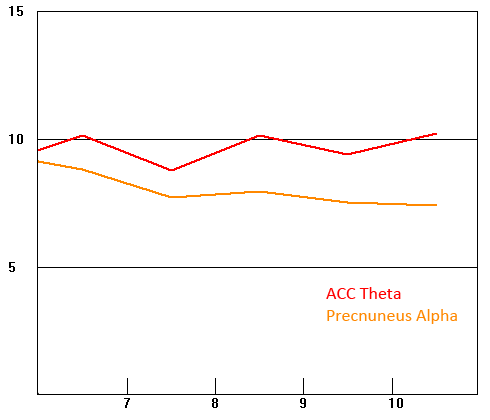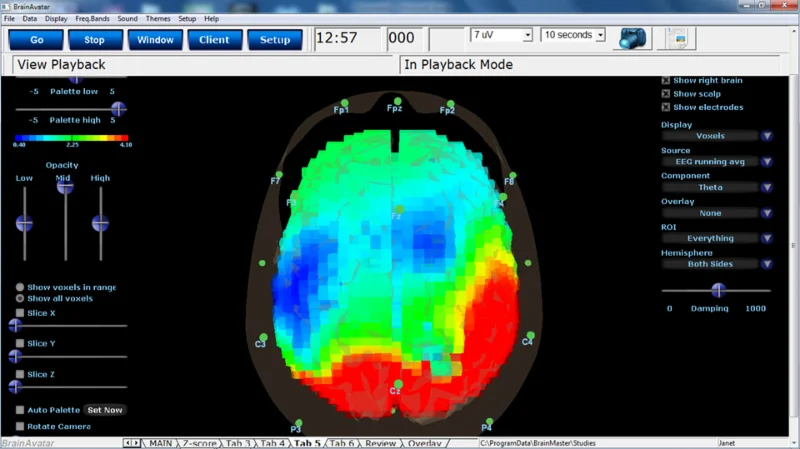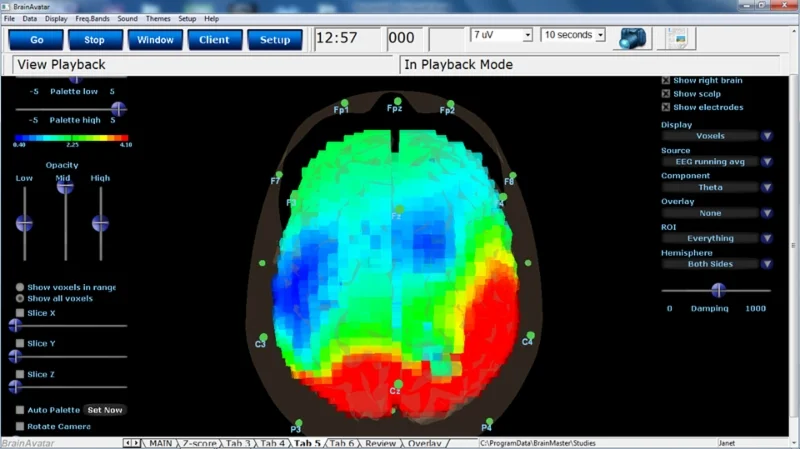Linji Yixuan- the original founder of the Rinzai School
I first learned meditation, sitting at the home of a Rinzai Zen Buddhist monk. He was a professor at the University I attended and held regular meditations at his home. He taught the way he was taught, which was the way his teacher was taught. I was given basic instruction on etiquette (e.g., taking shoes off before entire the zendo, bowing to the altar, etc.), and how to sit (e.g., cross-legged, eyes closed, spine straight, hands in the Dhyana mudra, etc.). We would chant specific sutras in Japanese and sit in silence for 45 minutes, followed by more chanting and bowing. There were no dharma talks, there was no discussion afterward. In fact, when I asked questions, I was usually told to, “sit more.” This style of teaching was directing us to the understanding that we would not find the answers we were seeking by talking about it. The only way to reach enlightenment was to sit in silence until the ego let go of control and there was a direct experience of The Truth.
I respect this tradition and I gained a lot from my time at the Zendo, and at the same time, it frequently struck me that there were never more than 3 people at any of the meditations. This was at a time when research into the benefits of meditation was exploding. We were discovering that meditation can rewire the brain, it can improve attention, it can alter the immune system response, and it can aid in the treatment of a vast array of mental health concerns. The virtues of meditation were being shared in many magazines and TV shows, yet only a small percentage of people were actually meditating. Why the disconnect? After interviewing hundreds of clients and students, the most common concerns preventing people from beginning a meditation practice included the following:
- “I don’t know if I am doing it right”
- “I can’t keep my mind quiet”
- “I don’t have time”
- “I don’t know where to start”
- “I don’t feel comfortable going to a Buddhist center”
- “I tried meditation once and it made me anxious”
The 4 styles of NeuroMeditation are Focus, Mindfulness, Quiet Mind, and Open Heart.
To address these concerns we have changed the way meditation is taught. We now provide solutions to the concerns of beginning meditators including:
- Tools: By using specific tips, strategies, and modern technologies, we can help students and clients achieve the meditative state they are seeking.
- Woo Woo: Despite the science, some people continue to associate meditation with cults, hippies, or New Age ideas. We address this directly by showing the scientific evidence behind the practices of meditation as mental training. The skills taught are grounded in science and backed by research that shows their impact on the brain and improved wellness.
- Efficiency: By identifying which meditation style fits with an individual’s needs and brainwave patterns we can help them achieve their goals more efficiently.
- Secular: You don’t have to be a Buddhist or Hindu to meditate. In fact, you don’t have to believe in anything. We can teach these skills to anyone. In this process, meditation is not a spiritual practice, it is mental training.
- Feedback: By incorporating body-based awareness and biofeedback technologies, students and clients can receive immediate feedback on their internal state, helping them become more aware of their process.
- Trauma Informed: It is common for those individuals with a history of trauma to experience overwhelming thoughts, feelings, and bodily sensations during meditation. To address this possibility, we provide modifications and choices within each meditation practice, allowing everyone to work in a way that feels safe and supportive.
- Developmental Approach: Rather than asking clients and students to begin with a practice that is too challenging, we believe it is important to build a solid frame for the practice. We meet our students where they are at and over time help them advance to more complex and challenging meditative tasks that are appropriate to their needs, goals, and experience level.
- Individualized: We respect and celebrate that everyone is unique . We emphasize the importance of students and clients learning about their needs, goals, and preferences while making decisions about their practice that is most likely to lead to success. Meditation is not a one-size-fits-all endeavor and should not be treated as such.
If you would like to learn more about NeuroMeditation or would like to find out your NeuroMeditation Style, check out our About Us, the NMSI, or our media page. If you want to begin the process of bringing this practice into your life, consider attending one of our upcoming workshops:







